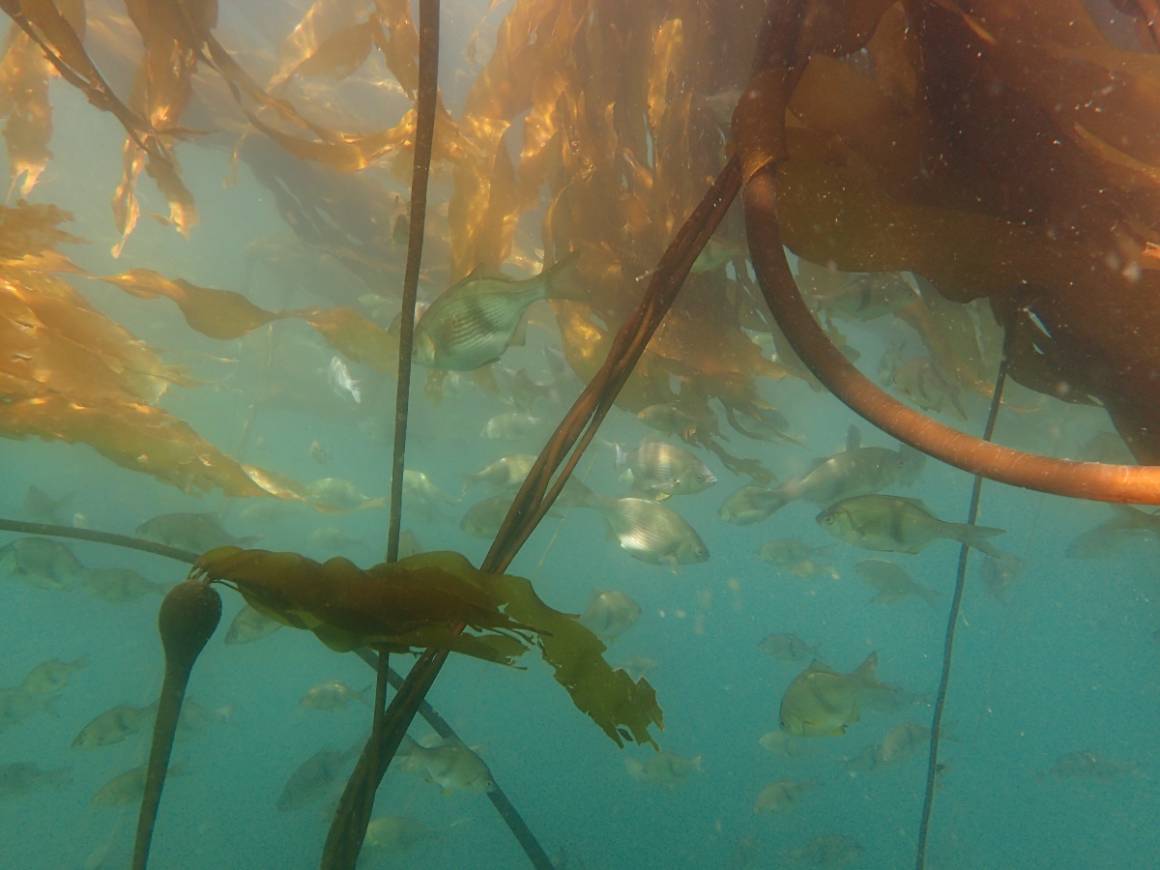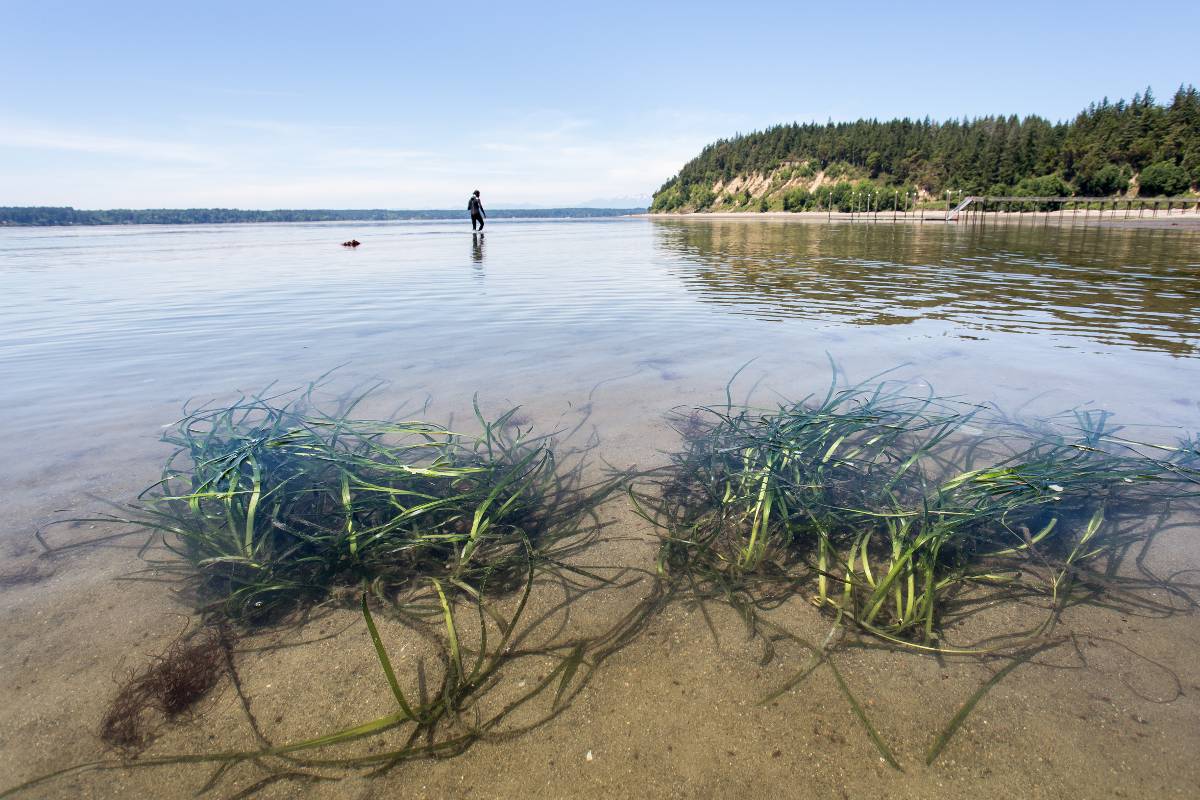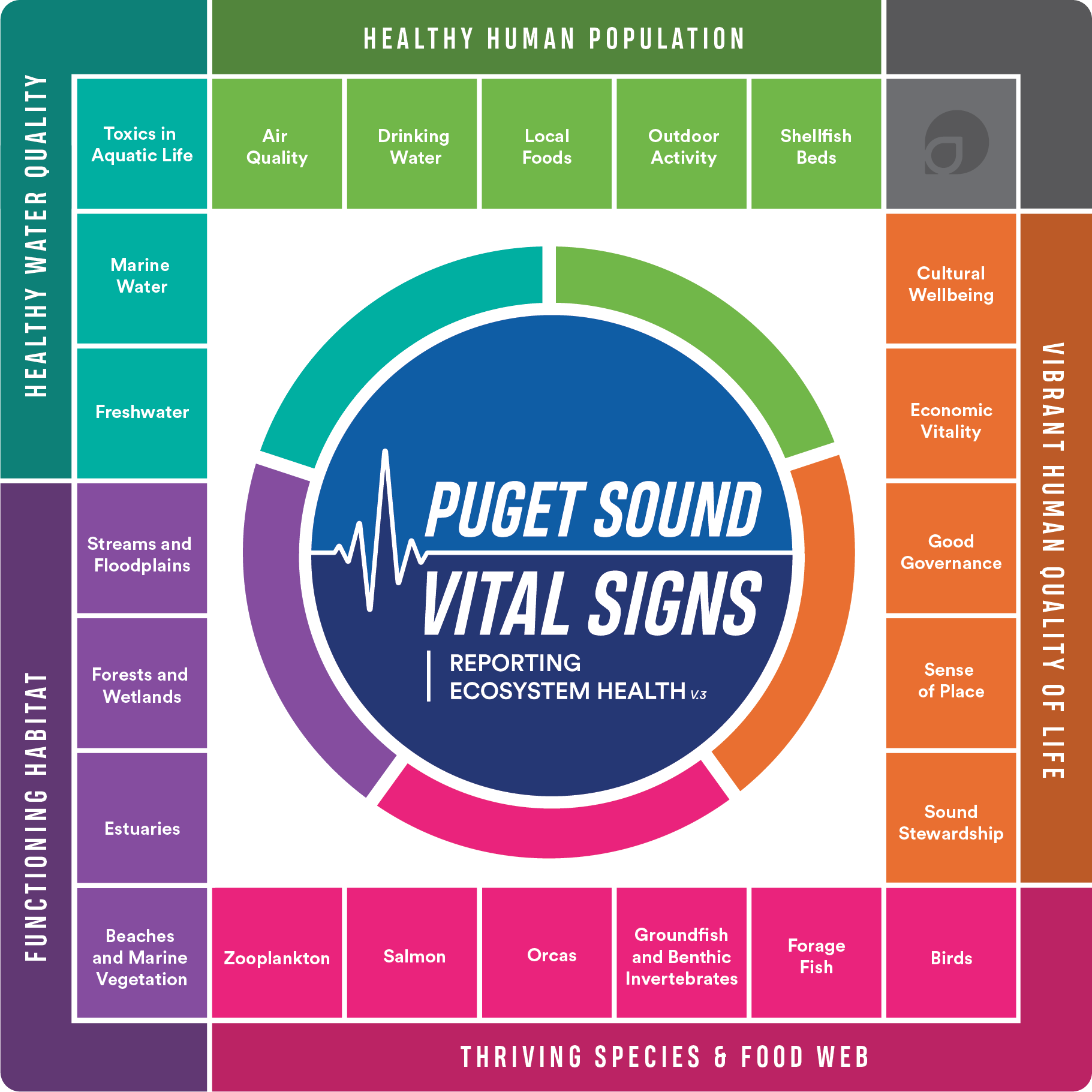Our nearshore environments are home to numerous marine vegetation species, such as kelp and eelgrass, which serve as the foundation for diverse and productive ecosystems. These species support the food web and provide critical habitat for a wide array of marine life found in Puget Sound, including forage fish, salmon and orcas. Additionally, kelp holds important cultural significance to indigenous peoples of the broader Pacific Northwest.
Special Announcement: The Habitat Strategic Initiative Lead (HSIL) Spring 2024 RFP is Open. Investments will be focused on new science, synthesis, and analysis for improved protection and restoration of kelp and eelgrass in Puget Sound. Click here to learn more.
Why is Marine Vegetation Important?
While historically abundant, there has been an observed decline in marine vegetation distribution and abundance across the Puget Sound. There are many potential causes for these declines, including impaired water quality, shoreline development, and climate change. A coordinated approach is needed to better understand and address these stressors.

Kelp forests provide critical refuge, feeding, and nursery grounds for forage fish, rockfish, and salmon. Photo Credit: Gray McKenna
Key Strategies
The Marine Vegetation Implementation Strategy will build off two regional conservation plans, the Puget Sound Eelgrass Recovery Strategy and the Puget Sound Kelp Conservation and Restoration Plan. Key strategies include:
What Can You Do?
A coordinated effort among tribal, federal, state, and local agencies will be necessary to advance planning, research, and outreach opportunities identified in the regional Kelp and Eelgrass plans and the future Marine Vegetation Implementation Strategy. Opportunities include:

Eelgrass beds grow in sandy environments along the shores of Puget Sound and contribute to a healthy ecosystem by providing habitat, producing oxygen, and protecting coastlines. Photo Credit: Aaron Barna
What can you do?

